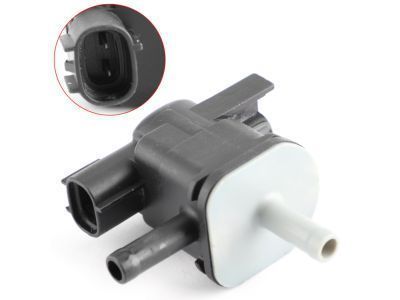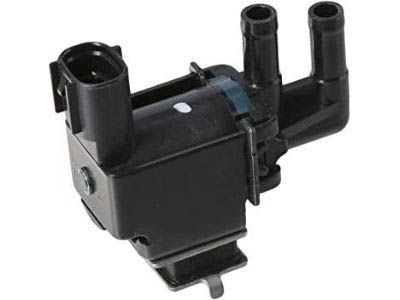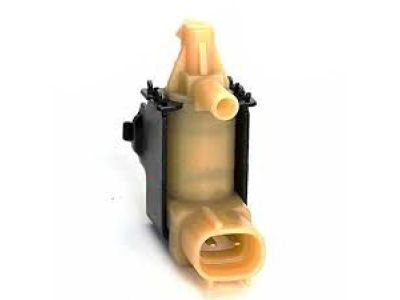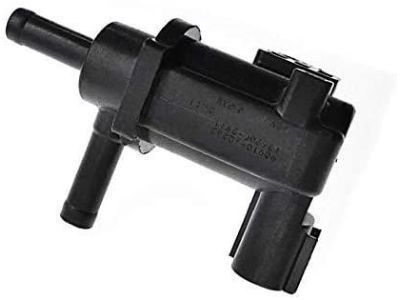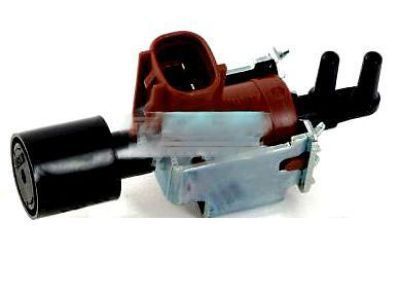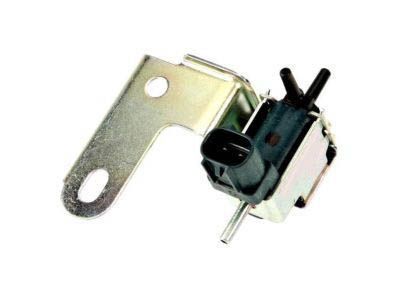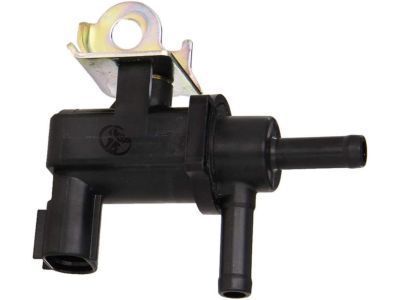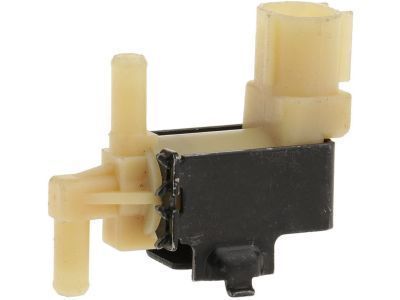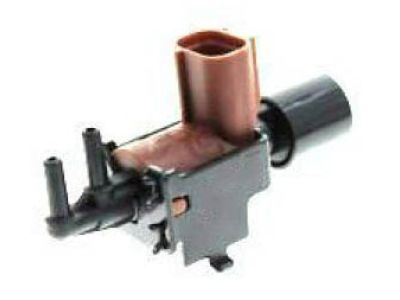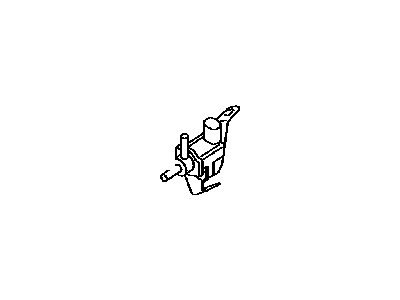×
- Live Chat
- 1-888-905-9199


My Garage
My Account
Cart
Genuine Toyota 4Runner Canister Purge Valve
Vapor Canister Purge Valve EVAP- Select Vehicle by Model
- Select Vehicle by VIN
Select Vehicle by Model
orMake
Model
Year
Select Vehicle by VIN
For the most accurate results, select vehicle by your VIN (Vehicle Identification Number).
11 Canister Purge Valves found
Toyota 4Runner Valve, Duty Vacuum Switching
Part Number: 90910-12276$67.06 MSRP: $94.53You Save: $27.47 (30%)Ships in 1-3 Business DaysToyota 4Runner Valve Assy, Vacuum Switching
Part Number: 25860-75230$108.52 MSRP: $152.97You Save: $44.45 (30%)Ships in 1-3 Business DaysToyota 4Runner Valve, Vacuum Switching
Part Number: 90910-12264$98.86 MSRP: $139.35You Save: $40.49 (30%)Ships in 1 Business DayToyota 4Runner Valve, Duty Vacuum Switching
Part Number: 90910-12262$82.65 MSRP: $116.51You Save: $33.86 (30%)Ships in 1 Business DayToyota 4Runner Valve Assy, Vacuum Switching
Part Number: 25860-46010$80.45 MSRP: $113.41You Save: $32.96 (30%)Ships in 1-2 Business DaysToyota 4Runner Valve Assy, Vacuum Switching
Part Number: 25860-75140$108.22 MSRP: $152.54You Save: $44.32 (30%)Ships in 1-2 Business DaysToyota 4Runner Valve Assy, Vacuum Switching
Part Number: 25860-50160$108.84 MSRP: $153.43You Save: $44.59 (30%)Ships in 1-2 Business DaysToyota 4Runner Valve, Vacuum Switching
Part Number: 90910-12198$98.86 MSRP: $139.35You Save: $40.49 (30%)Ships in 1 Business DayToyota 4Runner Valve Assembly, Vacuum S
Part Number: 25860-36020$87.96 MSRP: $123.98You Save: $36.02 (30%)Ships in 1-3 Business DaysToyota 4Runner Valve Assy, Vacuum Switching
Part Number: 25860-75160$108.22 MSRP: $152.54You Save: $44.32 (30%)Ships in 1 Business DayToyota 4Runner Valve Assy, Vacuum Switching
Part Number: 25860-31010$96.37 MSRP: $135.85You Save: $39.48 (30%)Ships in 1-3 Business Days
Toyota 4Runner Canister Purge Valve
If you are in demand for superior quality and affordable OEM Toyota 4Runner Canister Purge Valve, then shop with us! We own a wide range of the reduced-priced genuine Toyota 4Runner Canister Purge Valve. You can purchase in confidence as all parts come with a manufacturer's warranty. Any issues with our products? No need to worry as we have a hassle-free return policy to guide you every step of the way.
Toyota 4Runner Canister Purge Valve Parts Questions & Experts Answers
- Q: How to replace the Canister Purge Valve,Vapor Pressure Sensor and Vapor Canister on 2003 through 2009 Toyota 4Runner?A: The fuel evaporative emission control (EVAP) system absorbs fuel vapors and releases them into the intake manifold during engine operation, where they mix with the incoming air/fuel mixture. When the engine is off, gasoline in the fuel tank and residual fuel in other components warm up and evaporate, producing unburned hydrocarbon fuel vapors that would waste gas and pollute the air if released. In an EVAP system, these vapors are routed through hoses to a charcoal canister, which stores them until the vehicle operates again, thanks to activated charcoal that absorbs many times its mass in hydrocarbon vapors. The system includes the charcoal canister, canister closed valve, EVAP system Vacuum Switching Valve, vapor pressure sensor, air filter, and refueling valve, with most components located near the canister beneath the vehicle. The vapor pressure sensor monitors the pressure inside the fuel tank and, when it detects excessive pressure, commands the canister closed valve to open, allowing vapors to migrate to the charcoal canister while also routing fresh air into the tank to prevent a vacuum. When the engine runs under the right conditions, the PCM commands the purge valve to open, allowing intake vacuum to pull vapors from the canister into the manifold for combustion. The refueling valve controls vapor flow during fuel tank filling, while the PCM regularly checks for leaks by inducing a vacuum in the system. For component replacement, the EVAP canister purge valve is accessed by removing the engine cover, disconnecting the electrical connector and hoses, and removing the mounting bolt. The EVAP canister requires raising the vehicle, disconnecting electrical connectors and hoses, and removing mounting bolts, while the Canister Closed Valve involves disconnecting a vacuum hose and removing mounting bolts. The EVAP canister air filter, located near the canister, is replaced by disconnecting hoses and removing the retaining bolt. The vapor pressure sensor, found on top of the fuel tank, requires removing the rear seat and carpeting, disconnecting the electrical connector, and removing the retaining ring before replacing the O-ring and installing a new sensor.
Related Toyota 4Runner Parts
Browse by Year
2024 Canister Purge Valve 2023 Canister Purge Valve 2022 Canister Purge Valve 2021 Canister Purge Valve 2020 Canister Purge Valve 2019 Canister Purge Valve 2018 Canister Purge Valve 2017 Canister Purge Valve 2016 Canister Purge Valve 2015 Canister Purge Valve 2014 Canister Purge Valve 2013 Canister Purge Valve 2012 Canister Purge Valve 2011 Canister Purge Valve 2010 Canister Purge Valve 2009 Canister Purge Valve 2008 Canister Purge Valve 2007 Canister Purge Valve 2006 Canister Purge Valve 2005 Canister Purge Valve 2004 Canister Purge Valve 2003 Canister Purge Valve 2002 Canister Purge Valve 2001 Canister Purge Valve 2000 Canister Purge Valve 1999 Canister Purge Valve 1998 Canister Purge Valve 1997 Canister Purge Valve 1996 Canister Purge Valve
